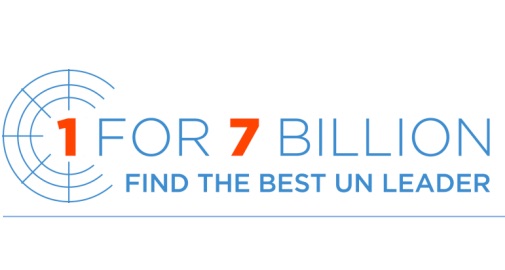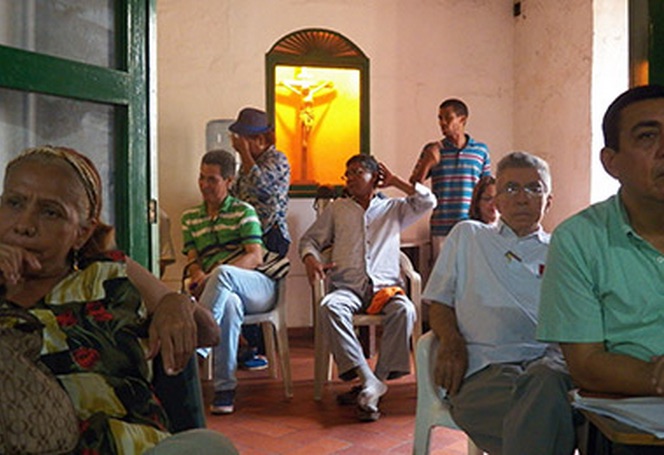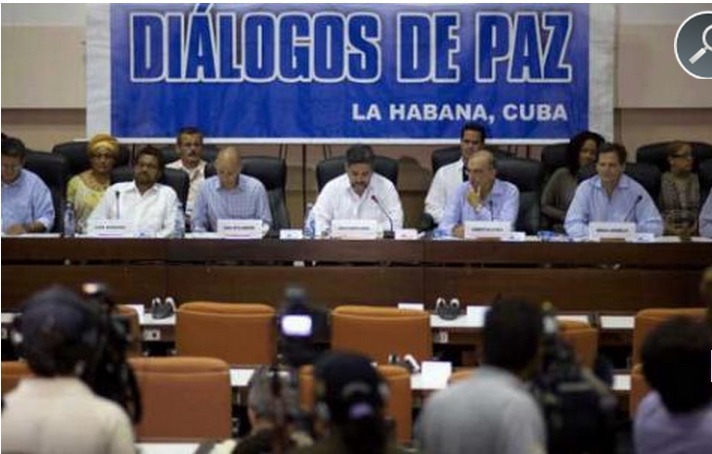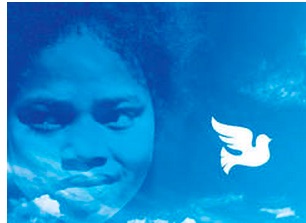FREE FLOW OF INFORMATION
An article by Driss Lyakoubi, Le Matin (translation by CPNN)
No caption
The youth of Kenitra are mobilizig to promote the values of peace and solidarity between peoples, through the World Summit for the promotion of peace and social development, organized by the Ibn Tufail University in partnership with the wilaya of Gharb Chrarda Beni Hssen and the association “Dar Lakbira “.
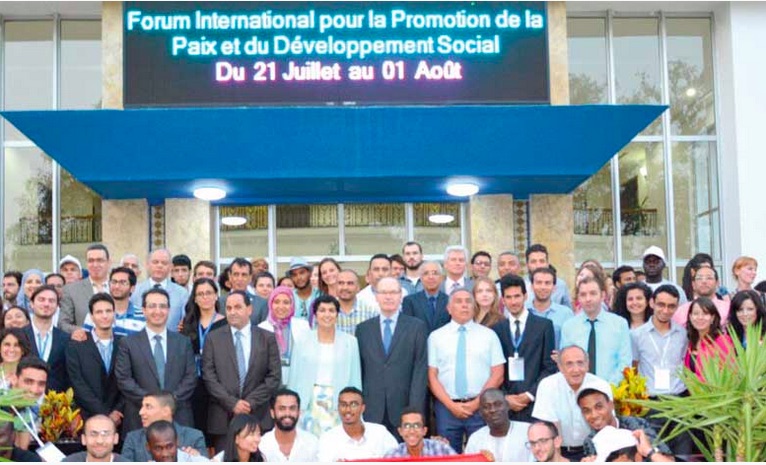
This event brings together nearly 120 participants from 32 nationalities from around the world. It is an opportunity for reflection and exchange between young international leaders on topics related to the values of humanism and solidarity. According to its initiators, the World Summit for the promotion of peace and social development is a unique event, designed to broaden the perspectives of international youth on the most pressing issues of the world through positive dialogue, cooperative and constructive.
This is a vision shared by Zineb El Adaoui, the Wali (governor) of the region of Gharb Chrarda Beni Hssen, who reminds us of the supreme interest granted by the Kingdom to the universal values of peace, tolerance, dialogue and solidarité. Azzeddine Midaoui, president of the University Ibn Tofail, paid tribute to the young academic leaders of the association “Dar Lekbira” for the work that led to the organization of this unique gathering in the capital of Gharb. He commended, in this regard, the ties of cooperation that link the university Ibn Tofail and “Dar Lekbira” to promote the values of social solidarity and openness. He highlighted the role of the University in anchoring the values of peace and otherness among youth.
The president of the association “Dar Lekbira” Zinelabidine Taoussi, for his part, said that Moroccan youth had followed the footsteps of his ancestors, that of the consecration of peace and development for the benefit of all countries and peoples of the planet. It should be noted that the World Summit for the promotion of peace and social development, as has been announced by the various stakeholders, is the ideal opportunity for participants to explore cooperation opportunities for project initiation promoting innovative culture of peace, non-violence and social justice in their respective countries and around the world. A charter of principles will also be developed during this global youth forum to strengthen the ideals of peace and social justice within and among all nations and peoples of the world. This reflected the common vision of all summit participants from the world they hope for future generations.
The World Summit for the promotion of peace and social development has set as its main objectives the promotion of the culture of peace and nonviolence in international youth and strengthening youth culture of leadership in areas related to the building of peace and social development. There is also question of strengthening the role of youth in building inclusive societies, peaceful and resilient and the establishment of an international network of young leaders with the ability to serve their communities through innovative community projects.
(Click here for the original French version of this article) )


